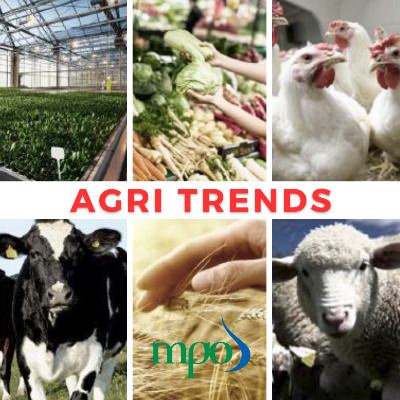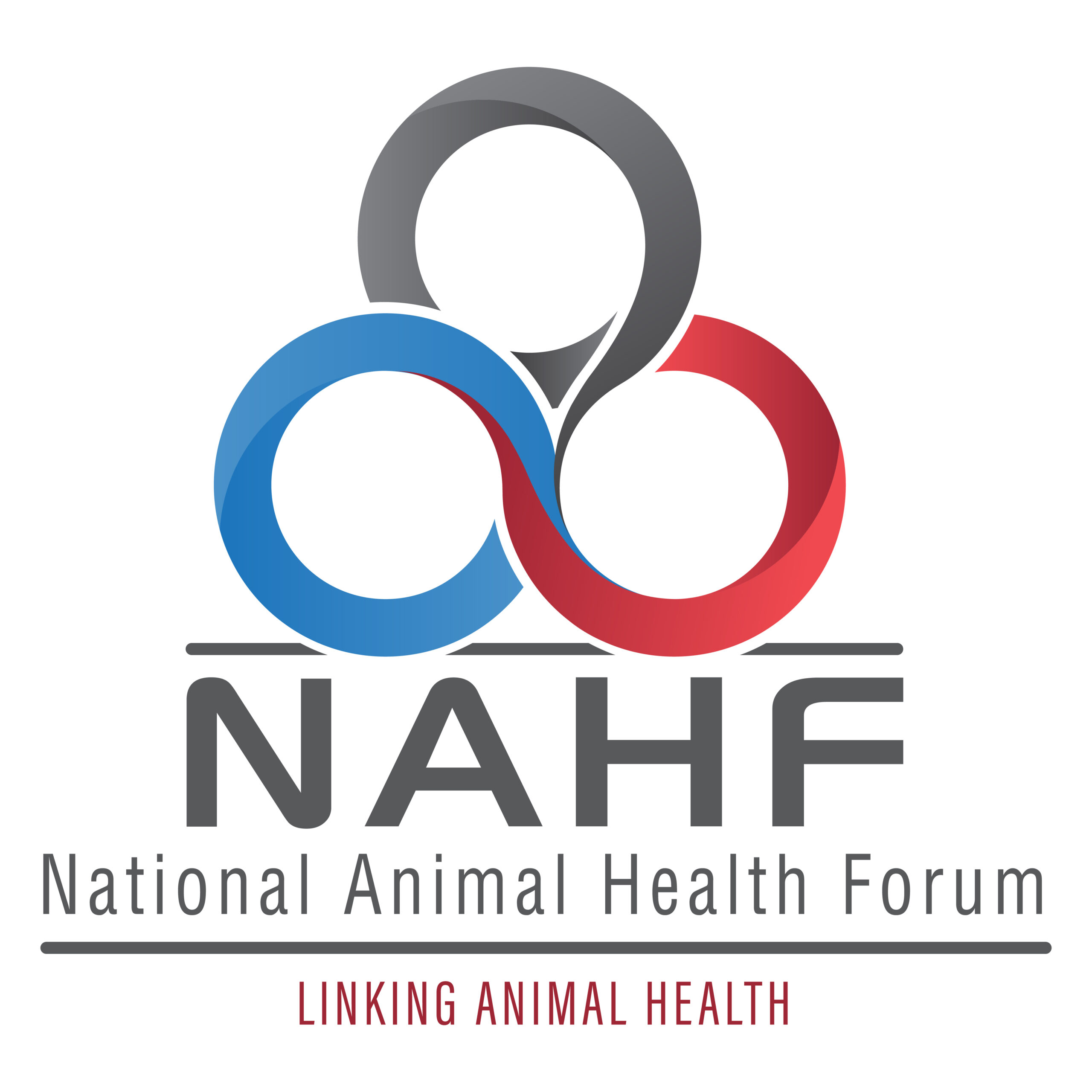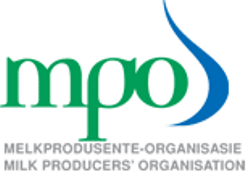
Impact of downgrades on agriculture
The downgrade as noted by S&P and the decision to review SA’s rating for a further downgrade by Moody’s on Friday on the 24th November 2017, will negatively impact the cost of imported production inputs such as fertilizer, fuel and agricultural precision technology, machinery and implements due to the depreciating Rand. Agricultural producers are heavily reliant on access to affordable inputs and machinery. A lower Rand creates bigger production costs. Moody’s decision to downgrade Eskom, means the SOE will be restricted to access to capital market and other sources of funding. In order to generate funds, it could mean a possible electricity rate hike for the end consumer and largely the producer. South Africa being a net exporter of agricultural commodities, a weakening Rand, may paradoxically improve the rate of maize exports and increase earnings from exports.
Highlights
Grains
- With 90% of the wheat harvesting process completed, the WC is likely to produce lower crop sizes as was previously estimated. The industry anticipates a lower wheat production. The CEC latest report indicates a WC production of 684 600 tons compared to the earlier 750 000 tons.
- Summer crop planting conditions weren’t ideal in November due to lower than expected rainfall, hot and windy conditions as well as very low temperatures. The Eastern Free State soybean crop had some frost and cold damage
Veggies
- The full impact of the reduced onion plantings in NC and drought repercussions (WC) is expected to reach market by February 2018, where prices are expected to soar to record levels. Currently prices are trading at average R40-R50/10kg bag and might increase to R50-R60/10kg bag over the festive holidays at the Johannesburg market.
- Onion prices could reach record of R75-R85/bag next year May/June 2018.
Poultry
- Indications are that rainfall conditions for the Summer Rainfall Area are currently weaker than expected and impacts on the planting of summer crops as well as condition of natural grazing. Quantity and quality of natural grazing is deteriorating rapidly, especially over the central to western and far western parts of the country. As a result, reproductive animals with calves/lambs start to suffer.
- Weather forecasters indicate that La Nina development is taking place that will hopefully improve summer rainfall conditions. Rainfall outlooks for the rest of the season are still favourable for the Summer Rainfall Area. The expected rainfall may replenish soil moisture and revive grazing conditions.
- Increased demand during the end of the month may support animal protein prices.
- A total 2299 tons meat of swine, fresh, chilled or frozen was imported into South Africa during September 2017. This figure is 12% higher month on month, and 15% higher year on year.
Published on Thursday, 30th November 2017 - 12:04
Recent Posts
disclaimer









